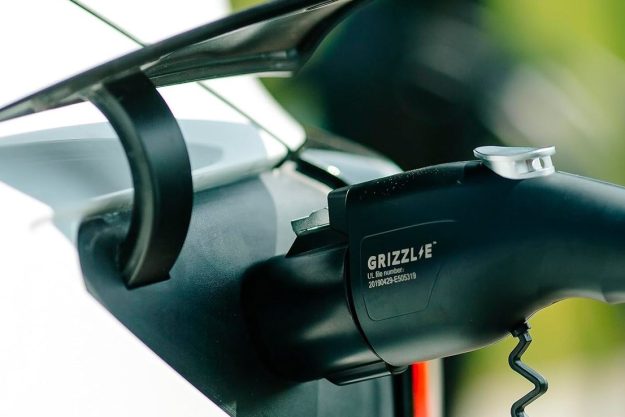At the 2013 Tokyo Motor Show, Nissan unveiled two concepts that put a very different spin on retro design.
The Nissan Idx Freeflow and Idx NISMO concepts may look like modern versions of a 1970s Datsun 510 or Skyline GT-R, but their maker says they were created by and for younger buyers who don’t even remember the Carter Administration.
To design the cars, Nissan says it reached out to members of the “digital native generation”. Interestingly, Nissan says the IDx concepts’ three-box shape isn’t a nod to the past, but the result of its Millennial advisors’ desire for a simple, “authentic” design.
The result of that design process is the lifestyle-oriented IDx Freeflow, and the sporty IDx NISMO.
The IDx Freeflow’s interior supposedly resembles a living room, and features distressed, denim-colored materials with a carefully-measured amount of patina. On the outside, a “floating” roof and 18-inch chrome wheels make the most of the car’s unique shape.
Since the Freeflow is just a case study, Nissan wasn’t too specific on the powertrain. It said a production version would likely focus on fuel economy, so a 1.2-to-1.5-liter gasoline engine and continuously-variable transmission (CVT) would be the likely choices.
Anyone who doesn’t live in Brooklyn will probably find the IDx NISMO more enticing. It ditches the Freeflow’s fashion-statement khaki for a modern version of the classic Datsun racing colors. It also sits lower and wider than its hipster cousin, and sports nifty side exhaust outlets.
Like the Freeflow, the NISMO is just a case study, but Nissan says a production version could be powered by a 1.6-liter direct-injected and turbocharged four-cylinder engine, coupled to either a CVT or a six-speed manual. This is essentially the same powertrain used in the Juke mini-crossover. The 1.6-liter engine produces 215 horsepower and 210 pound-feet of torque in the 2014 Juke NISMO RS.
The interior is race-inspired, meaning it’s stripped of most luxuries. The abundance of carbon fiber and metal trim still makes it a pretty attractive-looking place to be, though.
Neither IDx concept is destined for production, which is too bad. An affordable compact performance car but be a perfect rival for the Subaru BRZ and Scion FR-S, not to mention a slew of other cars ranging from the Mazda Miata to the Mini Cooper.
Editors' Recommendations
- Nissan’s Z goes back to the future with retro styling, modern tech
- Nissan unveils its next-gen technology, including a virtual reality passenger
- Honda’s new hybrid Fit is here, but will it jazz up the firm’s American range?
- Toyota’s LQ concept has A.I. tech that knows when you’re stressed
- Nissan IMk concept can park itself, communicate using holograms


